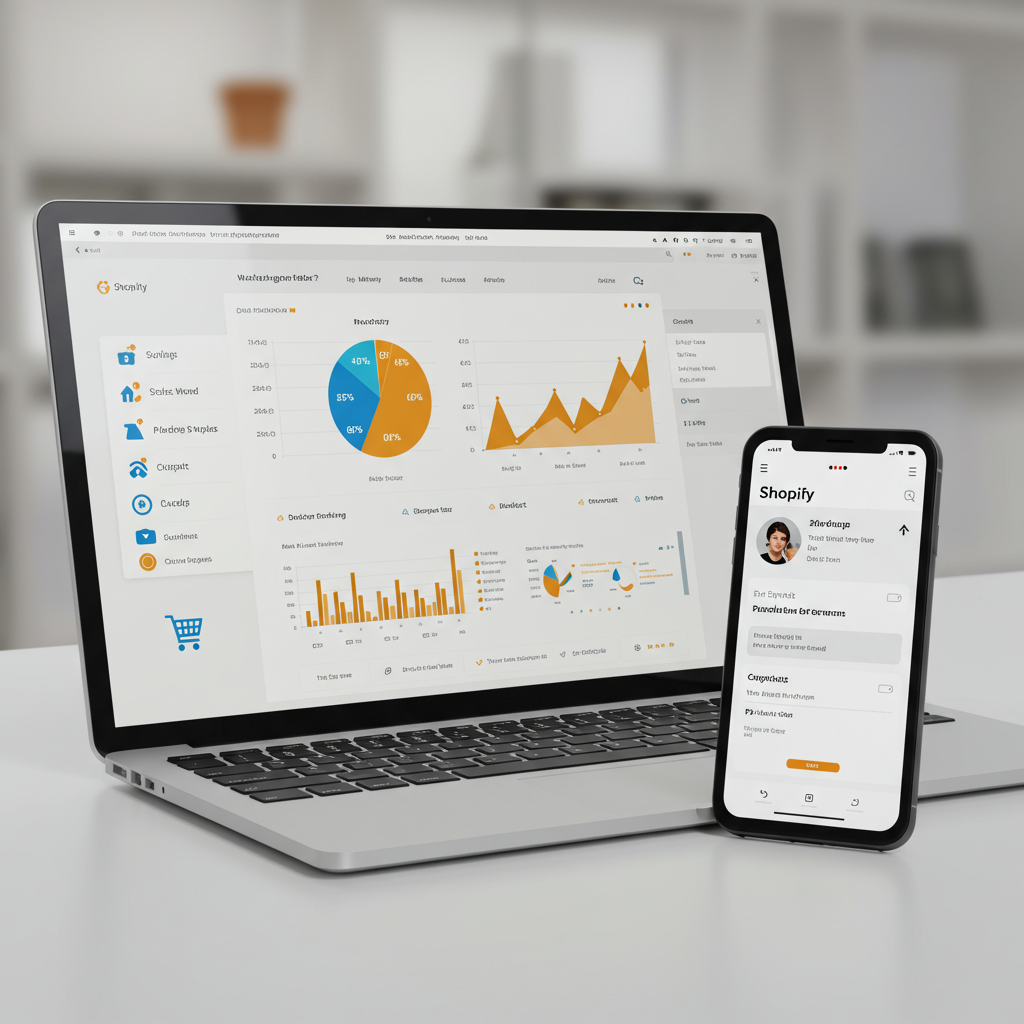My Comprehensive Review of Essential Tools for E-commerce Merchants
As a Shopify merchant, I’ve learned firsthand that managing inventory isn’t just about knowing how many items you have in stock. It’s the backbone of your entire operation, influencing everything from customer satisfaction to cash flow and profitability.
Without a robust system in place, I’ve seen businesses (including my own, in the early days!) struggle with common pitfalls like overselling, stockouts, and inefficient order fulfillment. These issues don’t just cause headaches; they directly impact your bottom line and reputation.
That’s why I decided to dive deep into the world of Shopify inventory management apps. My goal was to find the tools that truly empower merchants to gain control, optimize their processes, and ultimately, scale their businesses with confidence.
Manual inventory tracking, whether it’s on a spreadsheet or a notepad, quickly becomes unsustainable as your business grows. I remember the days of frantically updating numbers, only to find discrepancies that led to frustrated customers.
The challenges are numerous: keeping track of multiple SKUs, managing inventory across different sales channels, handling returns, forecasting demand, and ensuring accurate stock levels for timely shipping. It’s a complex puzzle.
This is where specialized inventory management apps come into play. They are designed to automate, centralize, and optimize these processes, freeing up your time to focus on growth rather than administrative burdens.
When I started evaluating these apps, I looked for several key features that I believe are non-negotiable for any serious Shopify merchant. The first, and perhaps most critical, is real-time inventory synchronization.
Real-time sync means that as soon as a sale is made, a return is processed, or new stock arrives, your inventory numbers are updated across all your platforms. This prevents overselling and ensures your customers always see accurate availability.
Another crucial feature is multi-location support. If you store products in a warehouse, a retail store, or even a dropshipping partner’s location, your app needs to track inventory accurately across all these points.
Robust order management capabilities are also vital. This includes the ability to process orders efficiently, generate picking lists, manage backorders, and integrate seamlessly with your shipping carriers.
Comprehensive reporting and analytics provide invaluable insights. I look for apps that can show me sales trends, inventory turnover rates, popular products, and even identify slow-moving stock that might need discounting.
Demand forecasting is a game-changer. The best apps use historical data and algorithms to predict future demand, helping you make smarter purchasing decisions and avoid both stockouts and excess inventory.
Barcode scanning integration can significantly speed up receiving and picking processes, reducing human error. This is especially useful for businesses with a high volume of products or frequent stock movements.
Supplier management features, such as purchase order creation and tracking, streamline your procurement process. This ensures you’re always aware of incoming stock and can maintain healthy relationships with your vendors.
Finally, seamless integration with other essential tools like accounting software (e.g., QuickBooks, Xero) and other sales channels (e.g., Amazon, eBay) is paramount for a truly unified operation.
Let’s talk about some specific apps I’ve explored. First up is **Stocky**, Shopify’s own inventory management app. It’s free for Shopify POS Pro users and offers a solid foundation for basic inventory needs.
Stocky provides features like purchase order creation, inventory transfers between locations, and basic reporting. It’s a great starting point for smaller businesses or those just getting a handle on their inventory.
However, I found Stocky’s capabilities to be somewhat limited for more complex operations, especially when it comes to advanced forecasting or multi-channel selling beyond Shopify.
Next, I looked at **Inventory Planner**. This app truly excels in demand forecasting and purchase order optimization. It uses sophisticated algorithms to predict future sales based on historical data, seasonality, and trends.
What I particularly liked about Inventory Planner is its ability to generate intelligent purchase recommendations, helping you decide exactly what to order and when, minimizing both stockouts and overstocking.
For businesses involved in manufacturing, **Katana MRP** (Manufacturing Resource Planning) is an absolute standout. It goes beyond simple inventory tracking to manage raw materials, production orders, and finished goods.
Katana allows you to track materials from procurement through the entire production process, providing real-time visibility into your manufacturing workflow. This is crucial for businesses that assemble or create their own products.
Finally, for multi-channel sellers with complex needs, **Skubana** is a powerful option. It’s an all-in-one platform that integrates inventory, order management, shipping, and analytics across numerous sales channels.
Skubana’s automation rules are incredibly robust, allowing you to automate everything from order routing to inventory updates. It’s designed for high-volume sellers who need to streamline operations across multiple marketplaces.
Choosing the right app really depends on your specific business needs, size, and budget. For a small, single-channel Shopify store, Stocky or a simpler app might suffice. As you grow, you’ll likely need more advanced features.
Consider your current pain points: Are you constantly running out of stock? Do you struggle with forecasting? Do you sell on multiple platforms? Your answers will guide you to the app that best addresses those challenges.
When implementing a new inventory system, I always recommend starting with a clear plan. Ensure your existing data is clean and accurate before migration. Train your team thoroughly, and consider a phased rollout if possible.
The investment in a good inventory management app pays dividends by reducing errors, improving efficiency, and ultimately, boosting your profitability. It’s about working smarter, not harder.
I truly believe that taking control of your inventory is one of the most impactful steps you can take to solidify your e-commerce business. It provides peace of mind and a clear path to sustainable growth.
What do you think about the importance of inventory management for Shopify stores? I’d love to hear your thoughts and experiences.
My journey through these apps has reinforced my belief that the right tools can transform a chaotic operation into a well-oiled machine. Don’t underestimate the power of organized inventory.






